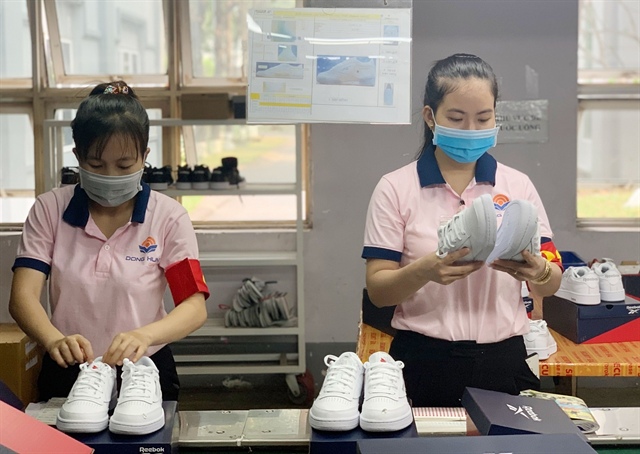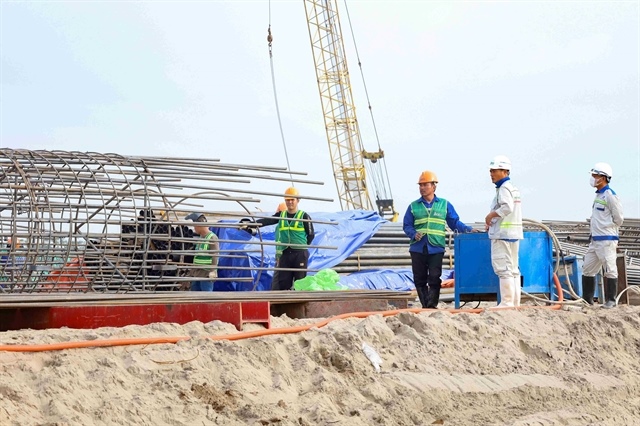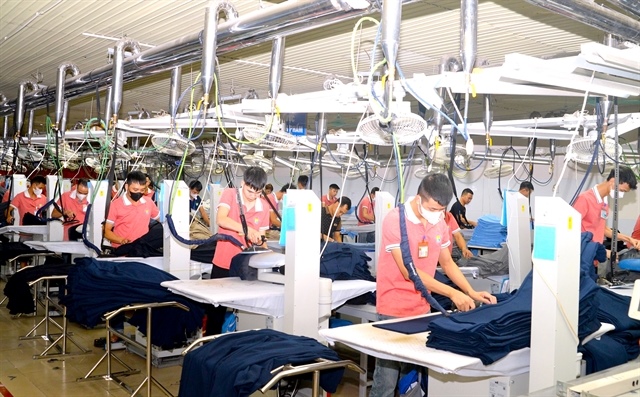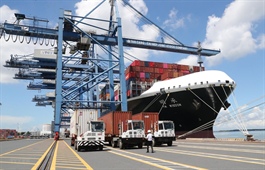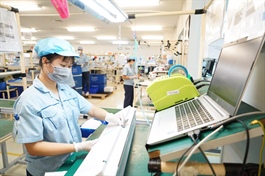UK deal offers gateways to regional trade
UK deal offers gateways to regional trade
The UK-Vietnam Free Trade Agreement (UKVFTA), which took effect on May 1, 2021, has brought bilateral trade to new heights.
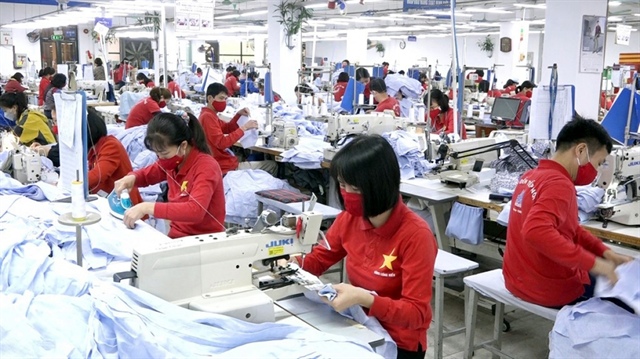
Trade in goods between Vietnam and the UK has grown rapidly |
According to the Ministry of Industry and Trade, two-way trade between the UK and Vietnam reached US$6.6 billion in 2021, an increase of 17.2 percent compared to 2020. The expected recovery of the British economy from the pandemic and growing consumer demand in the UK will offer more opportunities for Vietnam’s exports in the years to come. The UK is currently Vietnam’s third largest trading partner in Europe after Germany and the Netherlands.
The UK and Vietnam established a strategic partnership in 2010. The signing of the trade deal was of great significance, preventing an interruption of bilateral trade at the end of the Brexit transition period on December 31, 2020 and promoting post-pandemic economic recovery. In addition, the contents of the UKVFTA are similar to those of the EU-Vietnam Free Trade Agreement (EVFTA), shortening negotiations.
Embracing globalization has been one of Vietnam’s core strategies to foster reforms and economic growth. Vietnam has opened up its economy and transformed into one of the most integrated economies in the world, with total trade turnover reaching US$668.54 billion in 2021. Vietnam has also been a strong driver of ASEAN international trade, especially with its major trading partners. Although the UK’s international trade has declined in recent years, it has still recorded strong growth with ASEAN and Vietnam.
|
The UKVFTA is a strategic move for the UK and a big boost for Vietnam’s exports, foreign investment attraction and efforts to improve its value chains. In the short term, product categories with large share or rapid growth rate are expected to benefit most from the trade deal. These product categories can be classified into three groups. The first consists of made-in-Vietnam products, such as garments, footwear, seafood, coffee, fruits and nuts, while the second includes products produced by the UK, such as pharmaceuticals, wood pulp, vehicles and spare parts. The third contains strong exports from both countries, such as machinery and engineering tools, electronics, furniture, iron and steel products, aircrafts and spare parts.
As the trade deal offers a solid foundation for long-term partnership, the two countries should make the most of it to address both countries’ core challenges and reap greater benefits from global integration.
Vietnam’s core challenges are low productivity and weak innovation capability, while the UK’s distinctive strengths in services are related to research and development and management consulting. As a leading global provider, the UK can help Vietnam boost its labor productivity and innovation in the next 5-10 years. Vietnam can also help the UK enhance its presence in ASEAN and support the country in joining the Comprehensive and Progressive Agreement for Trans-Pacific Partnership (CPTPP).


